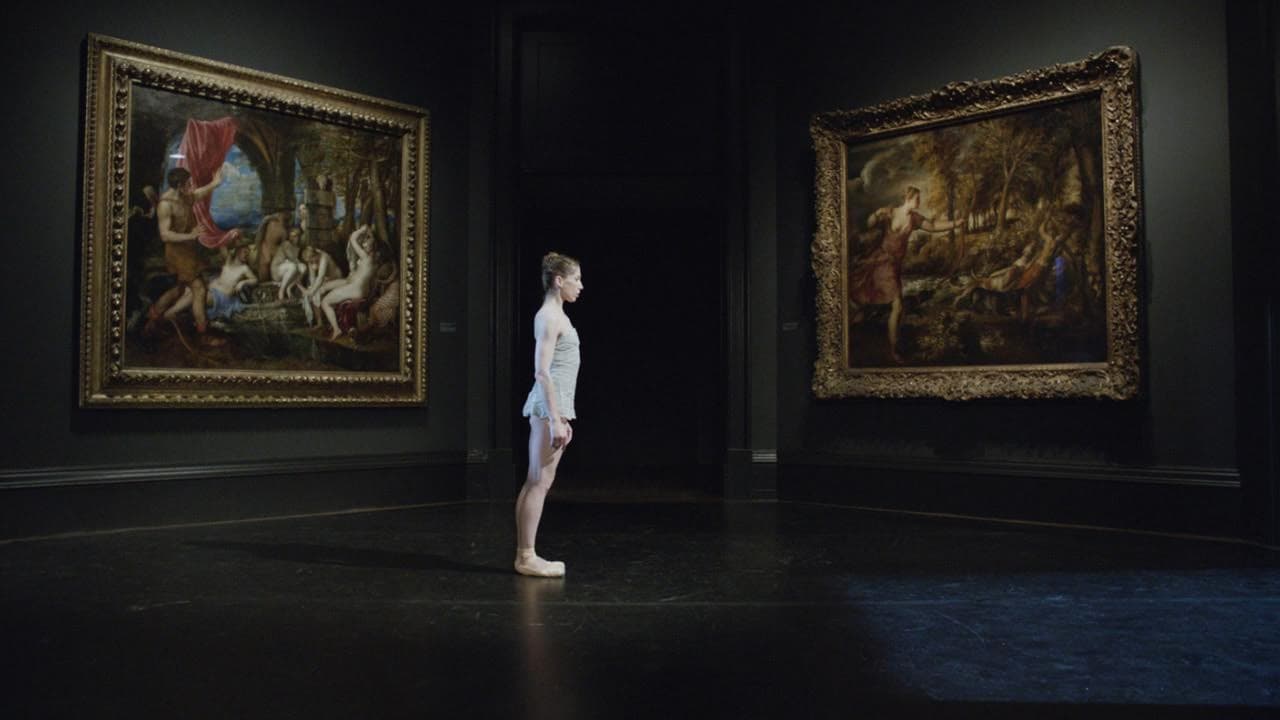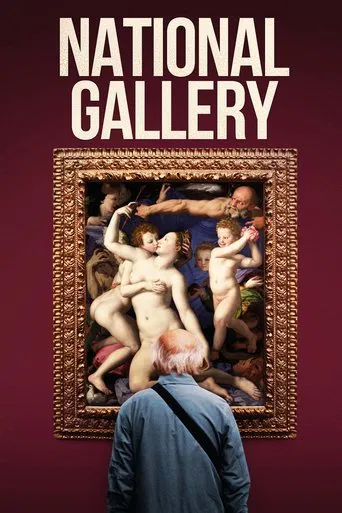

The greatest movie ever made..!
... View MoreMostly, the movie is committed to the value of a good time.
... View MoreThis film is so real. It treats its characters with so much care and sensitivity.
... View MoreExactly the movie you think it is, but not the movie you want it to be.
... View MoreFor a 3 hour documentary about the National Gallery, this is oddly compelling. I'm really not sure how this got on my watch list, but I'm glad it did. I first visited the National Gallery in my mid-teens. It felt stuffy and I got bored quickly. The art didn't grab me the way things did at The Tate, but I can still recall the feeling of looking at some of those masters and although not thinking 'that looks ace', it was impressive. It's nice to see here that there's voices running the gallery that want to open the gallery to appeal more to the public. This of course being 'proper art' that everyone can think 'well that's good, I can't paint like that', as apposed to the opposite reaction levied at modern art. Not everyone wants that though, there's still the undercurrent of an elitist element present which is frustrating. Some of the nicest stuff in this is the viewers stood looking at the paintings, you experiencing their fascination through their fixation. Especially the packed crowds for the Da Vinci exhibition. The hushed walla through the rooms, people gawking and picking apart the paintings as people have done for hundreds of years. There's some really cool stuff, artwork transferred into almost Braille like pieces for the blind to enjoy, absolutely fabulous! As is the tour guide down on floor with a group of really young kids, telling them about the paintings around them, bustling with energy and enthusiasm. Not least this works simply for the explanation of the exhibits. The stories behind them bringing them to life. The restoration stuff is mind boggling too and sadly isn't covered enough, it's also ironically very much all surface with little explanation to the process... although the X-ray stuff on a Rembrandt is cool and the stuff that's not explained is still very relaxing to watch. Instead there's some behind the scenes stuff which is exceptionally dry. Unedited meetings about how they deal with the London Marathon finishing on their doorstep and how they deal with charitable requests. It's stuff like this that pushes the duration to the 3 hour mark and it's far from entertaining, but it seems the choice has been made to put it all out there for the viewer to muse over... much like the art on the walls. There's some delightful bits though, the art historian filming a piece to camera talking about a Turner, the lighting experts talking about compositions dictated by natural light before we had electricity and the bloke struggling to talk about carving ebony picture frames that reminded Anne* of Porky Pig. Depressingly in another meeting there's talk of budgets, caps on spending, staff reductions and palpable concern over what the future may bring. The figures mentioned are pretty epic, but then as art institutions go, this one is epic. It's been a while. I think I need to go back and visit again.
... View MoreAs observational documentaries go, Frederick Wiseman's "National Gallery" is pretty close to sublime. In typical Wiseman style there's no voice-over and no score; he simply places his cameras and his microphones inside the buildings and lets us see the paintings and hear the words spoken by the staff, at meetings or in discussing the art with the public. It lasts for three hours and if you love great art you just might have an orgasm watching the flow of masterpieces lovingly framed and spoken about. However, if art isn't quite your bag this might be the most boring film ever made.At least Wiseman doesn't do it all in one continuous take, the way Sokurov did with "Russian Ark" whose roving camera induced in me a feeling of seasickness. Wiseman plumps for detail and how. The art is, of course, extraordinary but so too are the faces of the punters who come to stare. The screen itself becomes a canvas in which Wiseman's camera paints the faces of these onlookers and it is beautiful to behold. What's less beautiful are the commentaries of the gallery's guides as they try to 'explain' the paintings to the various tour guides. Love it or loathe it, it isn't like any other film about 'art' that you are likely to see which is some sort of achievement in itself.
... View MoreThis film is composed of snippets of life inside the National Gallery. There is no narrator or text to provide an overall chronology or identification of who's who and what's what. I found this to be a little distracting. I kept wanting to know more about the people and activities being presented. Who was that man speaking at the meeting? What was that substance the conservator was using? I would loose focus on the next scene while thinking about those questions. Overall the film was very interesting but not very informative. I like documentaries to be both. And I think documentaries are most successful when they are both.
... View MoreIt's hard to know where to begin when analyzing what's so wrong with this long, boring film. Fundamentally, it's that museums are embedded in history, collecting and displaying great art from the past, and educating the public about their collections. Director Wiseman is not just ahistorical in his approach, but anti-historical, in his affectation to identify no one in the film. It DOES matter that the NG's director at the time was Nicolas Penny, just as it's important to know that Larry Keith was head of conservation. What they say isn't ahistorical gospel but very individual opinions. To erase their identity is to erase history. What we are shown instead well could serve as a PR effort to get money from the government because one would think, on the basis of the film, that the museum does nothing but cater to the public. How tiresome are Wiseman's head shots of the audience! How irrelevant are his juxtapositions with painted heads! Collecting? That is a primary mission of museums, if not its first purpose; but not a word about that activity in this film. Rather, what we are subjected to for three hours could pertain to any great museum: to the Louvre, the Met, the Kunsthistorisches Museum in Vienna, etc. That the film gives no idea of what is special about the NG underscores its superficiality and disregard of history.
... View More